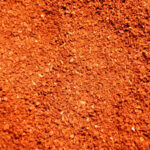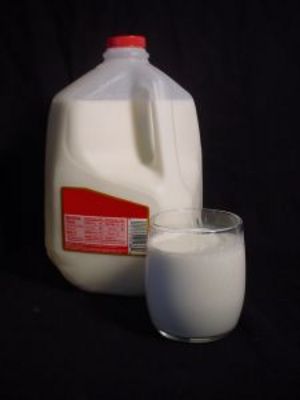While in college, my Minor was in Psychology. I found studying the human mind fascinating. One of the subject matters was pica, a disorder which will find the sufferer craving non-food items. This disorder was difficult for me to imagine – eating dirt or paper clips certainly never appealed to me. It was a trip with the class to a home for persons with mental disorders that really brought pica to reality for me. People really did suffer from this disorder, and were completely unable to control it.
One female patient there favored eating the metal hooks used to hang glass Christmas ornaments on Christmas trees. When shown an x-ray taken of her stomach and esophagus, about 30 hooks lit up the x-ray. I couldn’t help but wonder what kind of damage she’d done to her throat and esophagus, and how those hooks must have scratched the lining of her stomach.
The woman was present while our class looked at the x-rays, and she displayed no shame, or embarrassment. She truly believed this behavior to be normal.
Although pica is most common in those with personality disorders, it can develop in children who have suffered brain injuries that affect development as well. When children under the age of 24 months ingest non-food items, it isn’t considered to be abnormal, as this is what infants to – put everything they can get their hands on into their mouths. Pica is also seen at times in pregnant women.
Some of the most common items that those with pica seem to ingest is coffee grounds, chalk, glue, paper, clay, dirt, and even paint chips and plaster. Consuming some of these items may be harmless, but some, like paint chips, can cause serious lead poisoning. Most can certainly lead to many stomach aches.
Although many different reasons have been given for pica, the website kidshealth.org claims several reasons for pica may exist, some of which are:
Nutritional Deficiencies: low iron or zinc may cause cravings;
Dieting: those who are dieting may attempt to eat non-food items to attain the feeling of being full;
Deprivation: often seen in children living in poverty;
Mental Health Disorders: OCD and schizophrenia (visit http://www.kidshealth.org/parent/emotions/behavior/pica.html).
Other theories claim that pica can be brought on by stress or an oral fixation. Even more theories state that pica is simply a normal part of some cultures, and the theories certainly do not stop there.
According the website www.minddisorders.com, pica may be associated with a decreased activity of dopamine in the brain. Dopamine is a chemical that assists nerve impulses in traveling from one nerve cell to the other. This same site goes on to claim that although there are no standard treatments for pica, a good start to treatment is therapy that involves behavior modification techniques. More information can be gleaned at this site, which is very informative and enlightening.
Whatever the reasons behind the disorder, it would be hard to find just one reason for pica that would apply to each person engaging in this behavior. However, it’s important for parents to watch for signs of this disorder in children. If you suspect pica in your child, discuss this with your child’s pediatrician.


